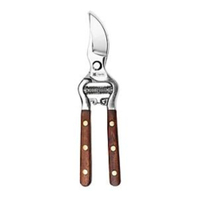Should you deadhead hydrangeas? Horticultural experts share their advice
Deadheading is one of the most beneficial garden practices but will your hydrangeas thank you for it?
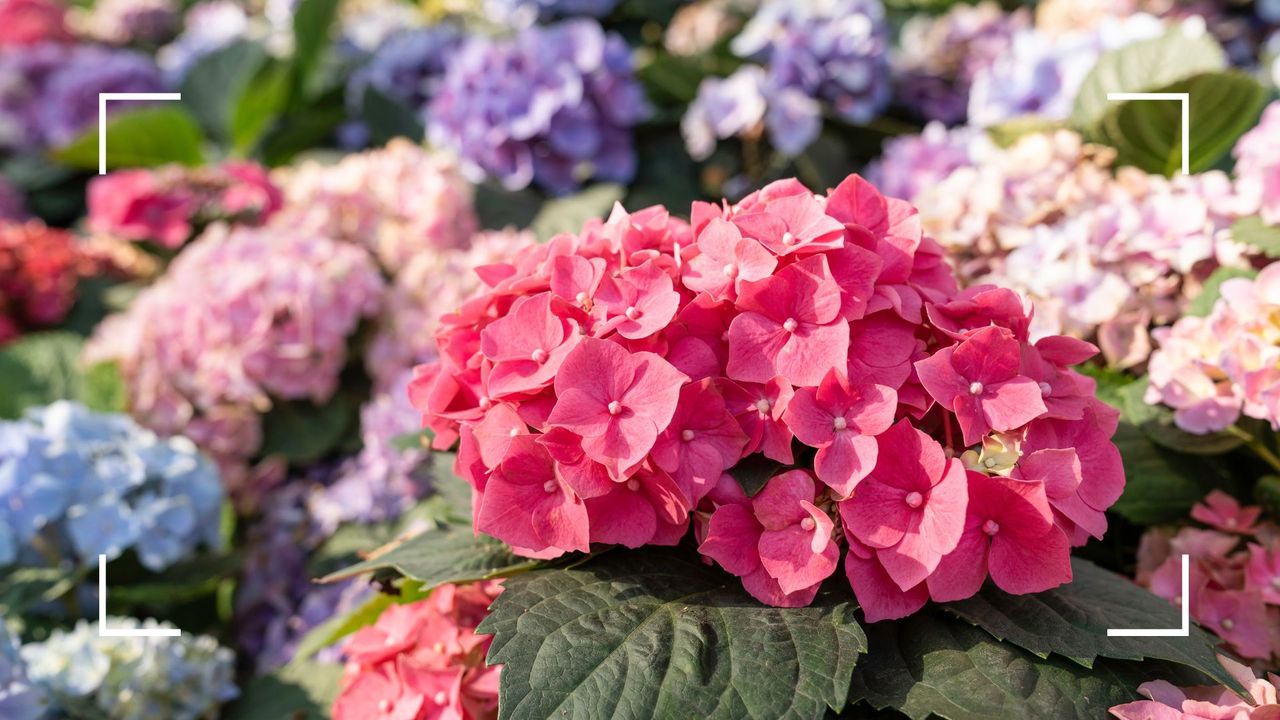

When it comes to keeping your garden looking its best, deadheading can be one of the most effective ways to improve the aesthetic. It also offers growth benefits for many plants, but do hydrangeas fall under that umbrella?
Knowing how to deadhead your plants properly is a key part of maintaining your garden and it's an easy gardening tip that every gardener should know. Whilst deadheading has various benefits, some plants don't actually need it and can drop their spent flowers by themselves.
So if you're looking at your hydrangea bush and thinking it's seen better days, then you're in luck as the experts say deadheading is the way to go.
Should you deadhead hydrangeas?
While watering your garden plants is an absolute necessity, deadheading is only required for certain species – but it can make a huge difference to the longevity of the flowers.
"Whether you need to deadhead hydrangeas will depend on the type of hydrangea that you are growing, but it is not an essential task and will not damage your plant if you do not do it," explains Graham Smith MCIhort, a plant expert from LBS Horticulture.
He says that Mophead hydrangeas can be deadheaded but it is recommended that you leave the flowerheads in place on the plant as they can provide frost protection for the buds that will become next year's flowers.
"You can remove the dead flowers in springtime, as the new buds should not need to be protected from frost as much by then," says Graham.
Sign up for the woman&home newsletter
Sign up to our free daily email for the latest royal and entertainment news, interesting opinion, expert advice on styling and beauty trends, and no-nonsense guides to the health and wellness questions you want answered.
"If you are growing lacecap hydrangeas, these are hardier than mopheads and can be deadheaded as soon as the flowers die off. They should be deadheaded no later than early August, as this will help them to divert their energy from seed production," finishes Graham.
Burgon & Ball National Trust Dark Wood Bypass Secateurs: £24 at B&Q
These secateurs are made with drop-forged stainless steel for strength and come with bypass action that gives precise clean cuts. The pair also comes with a 10-year guarantee to provide timeless appeal.
What are the benefits of deadheading hydrangeas?
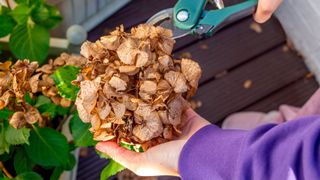
Similar to why you should deadhead peonies, there are several possible benefits for your hydrangeas should they be the right type.
Petar Ivanov, gardening expert at Fantastic Gardeners, says, "Removing faded flowers can improve the overall look of the plant and keep your garden's appearance tidy. And for hydrangeas species that bloom on new wood, deadheading can stimulate the production of new flower buds, leading to more blooms in the current growing season."
Petar also warns that hydrangeas can self-seed and become a common invasive plant if they're left unattended. Deadheading them can stop this unwelcome spread, although if you're into the rewilding trend you might be more than happy to let the plant self-seed.
FAQs
How to deadhead hydrangeas
The method of deadheading is very similar to how you'd prune a rose bush or deadhead tulips, you'll just need the right tools to help you along.
"You should firstly ensure that you are using a clean, sharp pair of secateurs to deadhead plants, as this will prevent the spread of disease. Identify the flowerhead that you are going to remove, and travel down the stem, away from the flower, until you reach the next pair of leaves," says Graham.
Then cut directly above this pair of leaves, ensuring that there's as little stem as possible left above it. He says you need to repeat this process for any other flowerheads that you want to remove until the whole bush is done.
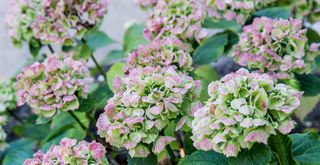
To keep your garden looking neat and tidy, Petar suggests collecting the removed flower heads and disposing of them properly by either creating your own compost or disposing of them as green waste.
If you want to give your hydrangeas a little extra love then Petar also recommends watering the hydrangea and adding a layer of mulch around the plant so it can retain that moisture whilst suppressing weed growth.

Emily joined woman&home as a staff writer after finishing her MA in Magazine Journalism from City University in 2023. After writing various health and news content, she now specialises in lifestyle, covering unique cleaning hacks, gardening how-tos, and everything to help your houseplants thrive.
-
 Jennifer Aniston's timeless and simple workout uniform is ideal for comfort and confidence in the gym
Jennifer Aniston's timeless and simple workout uniform is ideal for comfort and confidence in the gymStaying active is a huge part of Jennifer's life - and she always does it in style
By Caitlin Elliott Published
-
 Exclusive: Ruth Langsford says 'I don't always love my body' as she opens up on the pressure to feel 'empowered'
Exclusive: Ruth Langsford says 'I don't always love my body' as she opens up on the pressure to feel 'empowered'In an exclusive woman&home interview, Ruth opened up on feeling confident in her own skin - and why she wouldn't rule out cosmetic procedures
By Ella Taylor Published
-
 Habitat's latest collection offers timeless Sanderson designs at affordable prices – with a charming charitable twist
Habitat's latest collection offers timeless Sanderson designs at affordable prices – with a charming charitable twistCombining Sanderson's expertise in patterns and the inspiration of Britain's best National Trust landscapes this is an exquisite collaboration
By Emily Smith Published
-
 How to cut Monstera aerial roots without causing damage, according to horticulture experts
How to cut Monstera aerial roots without causing damage, according to horticulture expertsEver wondered how to tackle those spidery roots that emerge from your monstera plant? We put it to the experts to share their methods
By Emily Smith Published
-
 8 surprising things you can clean with denture tablets: from toilets to tea-stained mugs
8 surprising things you can clean with denture tablets: from toilets to tea-stained mugsCleaning experts have revealed the inventive ways you can use denture tablets to clean your home for dazzling results
By Emily Smith Published
-
 These simple styling tricks can help sell your home quicker, according to a property director
These simple styling tricks can help sell your home quicker, according to a property directorSelling your home quicker can be as easy as making sure you're displaying these common household items
By Emily Smith Published
-
 Jamie Oliver's genius air fryer tray hack doubles cooking space – in even the smallest models
Jamie Oliver's genius air fryer tray hack doubles cooking space – in even the smallest modelsThe celebrity chef is changing the air fryer game with this one simple tray trick to optimise cooking space
By Emily Smith Published
-
 How to propagate a fiddle leaf fig: expert tips on achieving a successful cutting to grow free plants
How to propagate a fiddle leaf fig: expert tips on achieving a successful cutting to grow free plantsIf you're up for the challenge then propagating a fiddle leaf fig is a rewarding task that can double your houseplant collection
By Emily Smith Published
-
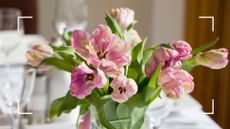 This denture tablet hack keeps cut flowers fresh for longer – perfect timing for Valentine's Day
This denture tablet hack keeps cut flowers fresh for longer – perfect timing for Valentine's DayWho would have thought denture tablets could be the key to a long-lasting bouquet?
By Emily Smith Published
-
 How to care for a fiddle leaf fig: a step-by-step guide from our plant experts
How to care for a fiddle leaf fig: a step-by-step guide from our plant expertsFrom mastering the watering routine to perfecting soil type, there's a reason fiddle leaf figs are one of the biggest challenges in the plant world
By Emily Smith Published
